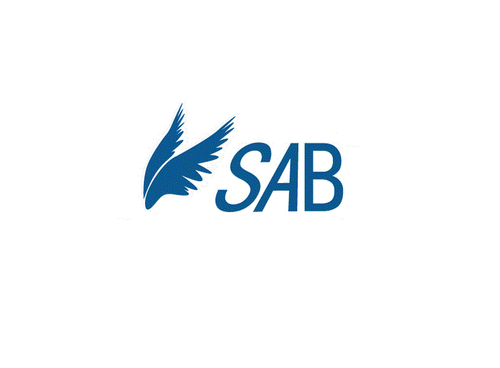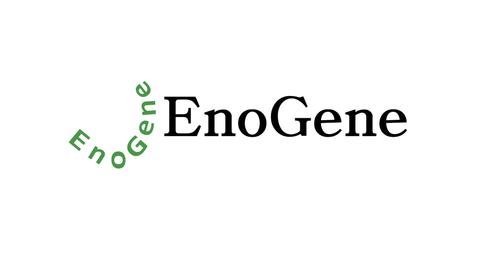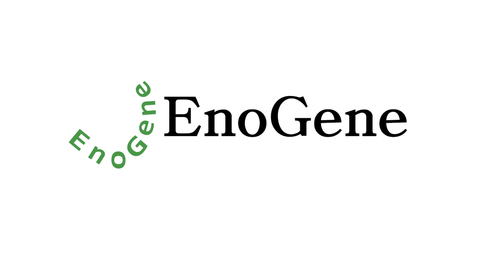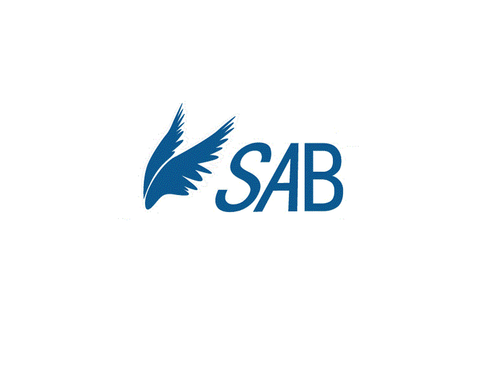Product Description
CDK2 Antibody [AMM02524G] | Leading Biology
Product Category: Monoclonal Antibodies
Host: Mouse
Species Reactivity: H
Specificity: This CDK2 antibody is generated from a mouse immunized with protein from human CDK2.
Cellular Localisation: Cytoplasm, cytoskeleton, microtubule organizing center, centrosome. Nucleus, Cajal body. Cytoplasm. Endosome Note=Localized at the centrosomes in late G2 phase after separation of the centrosomes but before the start of prophase. Nuclear-cytoplasmic trafficking is mediated during the inhibition by 1, 25- (OH) (2) D (3)
Molecular Weight: 33930
Clone: Monoclonal
Gene Name: CDK2
Gene ID: 1017
Function: Serine/threonine-protein kinase involved in the control of the cell cycle; essential for meiosis, but dispensable for mitosis. Phosphorylates CTNNB1, USP37, p53/TP53, NPM1, CDK7, RB1, BRCA2, MYC, NPAT, EZH2. Triggers duplication of centrosomes and DNA. Acts at the G1-S transition to promote the E2F transcriptional program and the initiation of DNA synthesis, and modulates G2 progression; controls the timing of entry into mitosis/meiosis by controlling the subsequent activation of cyclin B/CDK1 by phosphorylation, and coordinates the activation of cyclin B/CDK1 at the centrosome and in the nucleus. Crucial role in orchestrating a fine balance between cellular proliferation, cell death, and DNA repair in human embryonic stem cells (hESCs) . Activity of CDK2 is maximal during S phase and G2; activated by interaction with cyclin E during the early stages of DNA synthesis to permit G1-S transition, and subsequently activated by cyclin A2 (cyclin A1 in germ cells) during the late stages of DNA replication to drive the transition from S phase to mitosis, the G2 phase. EZH2 phosphorylation promotes H3K27me3 maintenance and epigenetic gene silencing. Phosphorylates CABLES1 (By similarity) . Cyclin E/CDK2 prevents oxidative stress-mediated Ras-induced senescence by phosphorylating MYC. Involved in G1-S phase DNA damage checkpoint that prevents cells with damaged DNA from initiating mitosis; regulates homologous recombination-dependent repair by phosphorylating BRCA2, this phosphorylation is low in S phase when recombination is active, but increases as cells progress towards mitosis. In response to DNA damage, double-strand break repair by homologous recombination a reduction of CDK2-mediated BRCA2 phosphorylation. Phosphorylation of RB1 disturbs its interaction with E2F1. NPM1 phosphorylation by cyclin E/CDK2 promotes its dissociates from unduplicated centrosomes, thus initiating centrosome duplication. Cyclin E/CDK2-mediated phosphorylation of NPAT at G1-S transition and until prophase stimulates the NPAT-mediated activation of histone gene transcription during S phase. Required for vitamin D-mediated growth inhibition by being itself inactivated. Involved in the nitric oxide- (NO) mediated signaling in a nitrosylation/activation-dependent manner. USP37 is activated by phosphorylation and thus triggers G1-S transition. CTNNB1 phosphorylation regulates insulin internalization. Phosphorylates FOXP3 and negatively regulates its transcriptional activity and protein stability (By similarity) . Phosphorylates CDK2AP2 (PubMed:12944431) . Phosphorylates ERCC6 which is essential for its chromatin remodeling activity at DNA double-strand breaks (PubMed:29203878) .
Summary: N/A
Form: N/A
Storage: Store at +4°C short term. For long-term storage, aliquot and store at -20°C or below. Stable for 12 months at -20°C. Avoid repeated freeze-thaw cycles.
Application: WB
Dilution: WB--1:2000
Synonyms: Cyclin-dependent kinase 2, Cell division protein kinase 2, p33 protein kinase, CDK2, CDKN2
 Euro
Euro
 USD
USD
 British Pound
British Pound
 NULL
NULL

![CDK2 Antibody [AMM02524G] CDK2 Antibody [AMM02524G]](https://cdn11.bigcommerce.com/s-452hpg8iuh/images/stencil/1280x1280/products/869985/1162052/logo__92149.1659788186__26008.1659866076.png?c=2)
![CDK2 Antibody [AMM02524G] CDK2 Antibody [AMM02524G]](https://cdn11.bigcommerce.com/s-452hpg8iuh/images/stencil/100x100/products/869985/1162052/logo__92149.1659788186__26008.1659866076.png?c=2)
![CDK2 Antibody [AMM02524G] CDK2 Antibody [AMM02524G]](https://cdn11.bigcommerce.com/s-452hpg8iuh/images/stencil/500x659/products/869985/1162052/logo__92149.1659788186__26008.1659866076.png?c=2)








